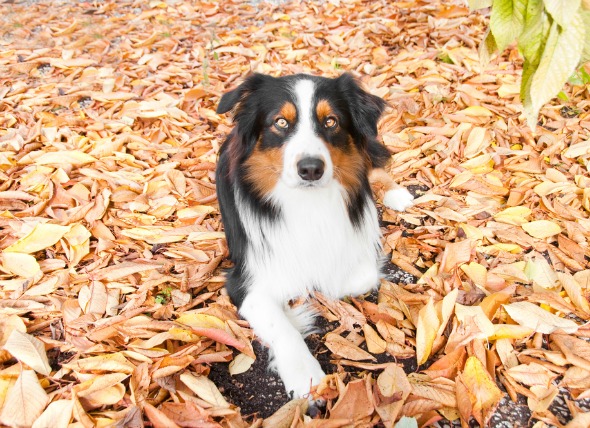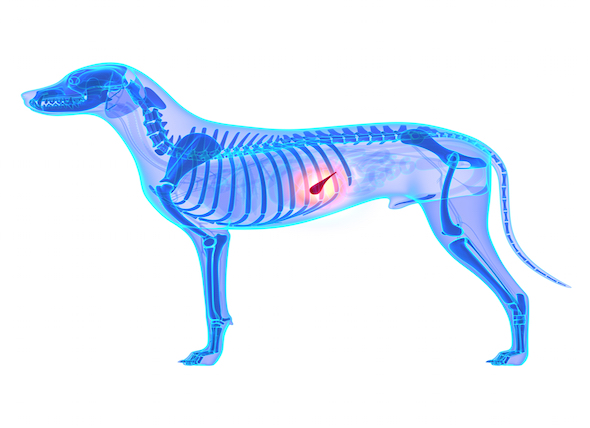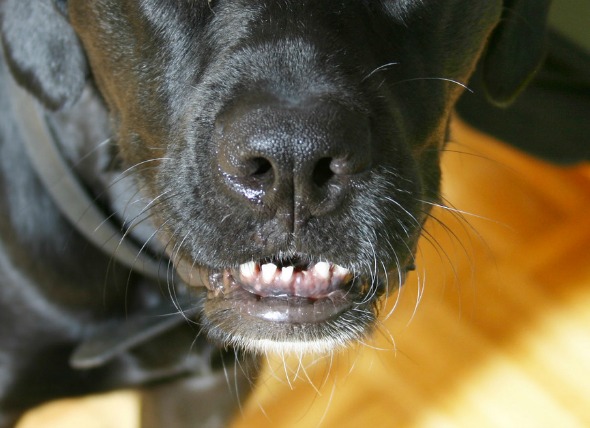Considering that your dog will spend most of their life with a collar, you want to make sure you pick the right one. While harnesses and your average nylon collar abound on the Chicago dog walking scene, there’s a few other tools at your disposal if you really need the help as well as a few extra tips you might not have known. So to help you pick the best collar for your canine friend, here’s a breakdown of the collars out there for your use.
Standard Dog Collar
Every Chicago dog walker will have the standard dog collar. While in certain cases it may not be the best for walks, the regular collar is generally what fido will be wearing as he roams the house and yard for identification purposes.
This is also the best walking collar for the well behaved pooch that gets along great on walks without yanking their Chicago dog walker after them.With a variety of styles, colors and widths there is sure to be plenty of options for you to choose from. Just make sure that you keep some of the following in mind:
* While the material of the collar doesn’t keep it from doing its job, there is a definite quality to each material. Leather, while expensive, tends to hold up longer and look better. Nylon is easy to find, durable and easy to wash. There is also cotton and hemp collars which are made from renewable resources if you like being green. Just keep in mind that whatever works best in your budget is likely the best choice for Chicago dog walking.
*Pick a collar and lead width that matches your dog. Lightweight and smaller collars work well for small dogs and pups, while durable and wider styles are best for larger and stronger breeds. The proper collar can make all the difference for Chicago dog walkers.
*As always, keep an up to date nametag on the collar. If your dog gets lost this may be the only way he gets back home.
*If you’re worried about the possibility your dog may get hung up on something and possibly be strangled, then look into breakaway collars. These are recommended as a house collar, especially if your dog likes to jump. While rare, there are times a dog and get caught up on something and a breakaway collar will allow them to break free.
Dog Harness
Many a Chicago dog walker has seen smaller dogs in a harness. These go around the neck, shoulders and behind the front legs of your dog. These are best for dogs with an upper respiratory disease, or anything that affects the throat or trachea. Standard collars can cause irritation or coughing when your dog starts pulling as it puts pressure on their delicate throats. Use a harness to relieve them of that extra pressure.
Halter-Type Collars
While some people may be put off by the look, this can be a very effective tool for Chicago dog walkers with a rambunctious dog. The halter style looks a lot like a horse halter, and has straps that go behind your dog’s head and around the nose.
Halter style collars give you full control of your dog’s head which means you have complete control of where the dog goes. When your dog tries to pull ahead or tug you it will pull their head down or to the side, so it makes it next to impossible for your dog to drag you around the city.
Chain-slip Collars
Many obedience schools ask that you bring a chain-slip or, �choke collar’ along to assist in training. These collars utilize a chain and tighten when the leash is pulled. These are often used for strong willed dogs that like to yank their Chicago dog walkers all over the park or simply do not respond to training when wearing regular collars.
If you intend to use a choke collar, it would be wise to ask a trainer to show you the proper use of one. Choke collars are intended to utilize a �tug and release’ method that promptly informs your dog of unwanted behavior. However, they should not be used on dogs with delicate tracheas, or be worn outside of training.
Pronged Collar
Also known as pinch collars, these are a more aggressive style of choke collar that uses blunt prongs along the inside of the collar to control misbehaving dogs. These are meant only for the most stubborn of pullers and disruptive dogs, and are meant as a temporary tool in training. As such, these should never be worn outside of training.It should also be noted that halter-type collars are found to give much better control and have a much lower chance of injuring your dog. A pronged collar is only a last resort!
If you find yourself in need of a pronged collar, chances are you may simply need better instruction on the proper training of your dog. With the right techniques, you should be able to train your dog with the other types of collars with little trouble. You may wish to look into talking with a professional dog trainer to assist you in training your dog to make the both of you much happier companions.
With the right collar, you can help to make sure you and your dog have an enjoyable walk. And as all Chicago dog walkers know, nothing is better than having an easy trot around the block with your canine friend!

 Abortion in Dogs
There are numerous reasons for why pet owners wou
Abortion in Dogs
There are numerous reasons for why pet owners wou
 Chagas Disease in Dogs
American Trypanosomiasis Parasitic Infection in Dogs
&nb
Chagas Disease in Dogs
American Trypanosomiasis Parasitic Infection in Dogs
&nb
 Dog Diarrhea Treatment And Cures - Diarrhea (Antibiotic-Responsive) in Dogs
Antibiotic-Responsive Diarrhea in Dogs
Veterinari
Dog Diarrhea Treatment And Cures - Diarrhea (Antibiotic-Responsive) in Dogs
Antibiotic-Responsive Diarrhea in Dogs
Veterinari
 Inflammation of the Pancreas in Dogs
Pancreatitis in Dogs
The pancreas is part of the
Inflammation of the Pancreas in Dogs
Pancreatitis in Dogs
The pancreas is part of the
 Tooth Dislocation or Sudden Loss in Dogs
Tooth Luxation or Avulsion in Dogs
Tooth luxation
Tooth Dislocation or Sudden Loss in Dogs
Tooth Luxation or Avulsion in Dogs
Tooth luxation